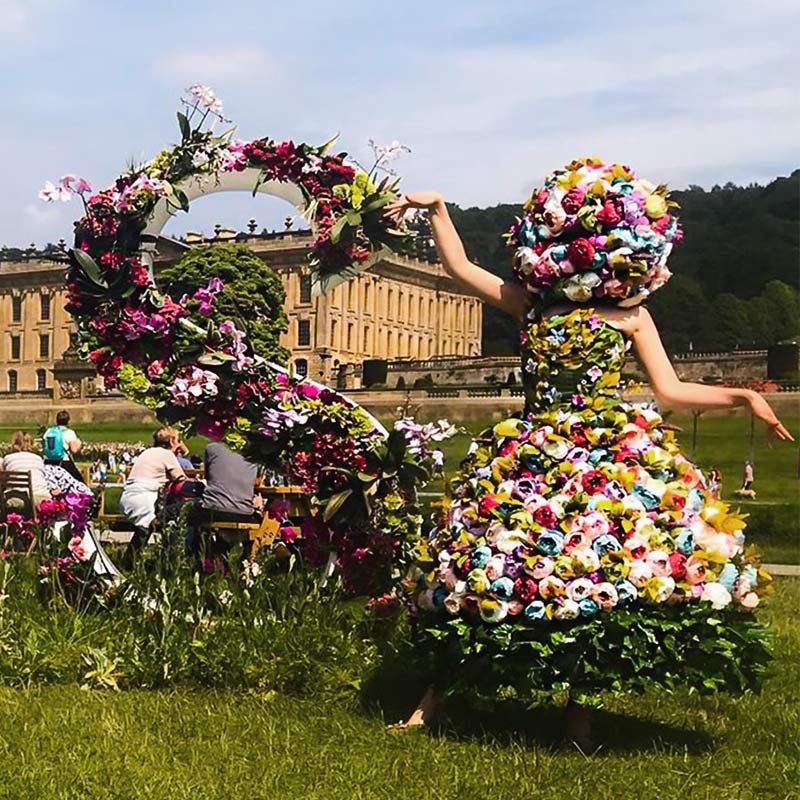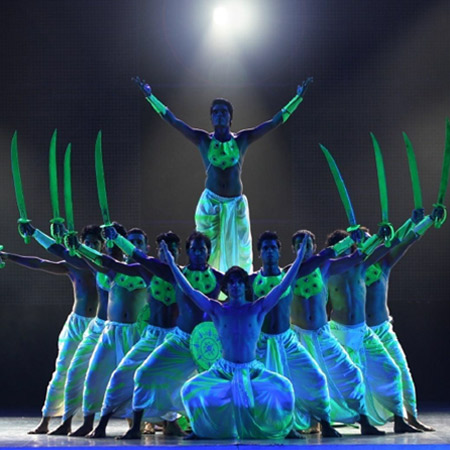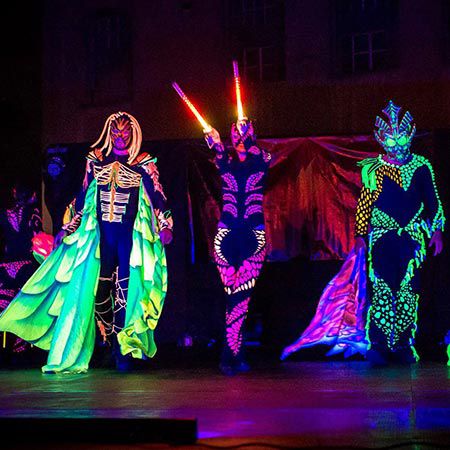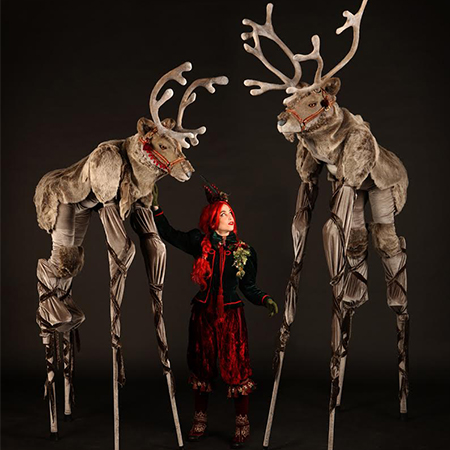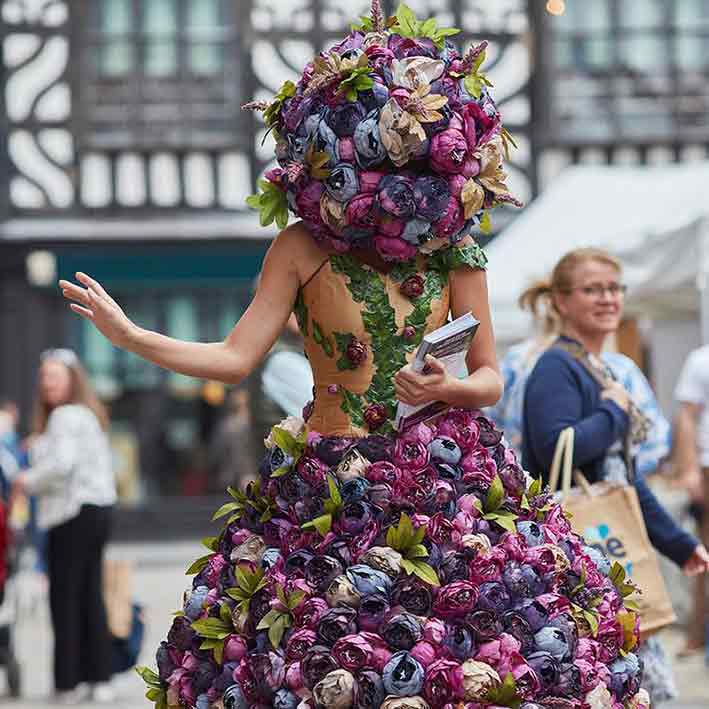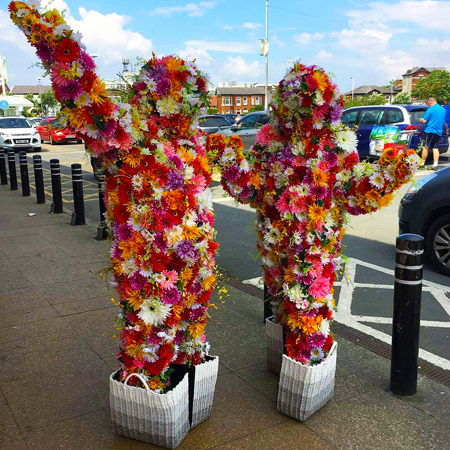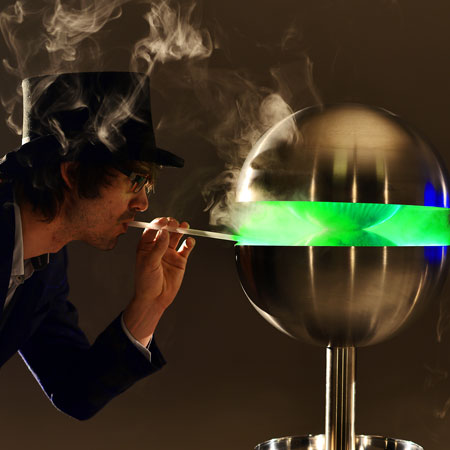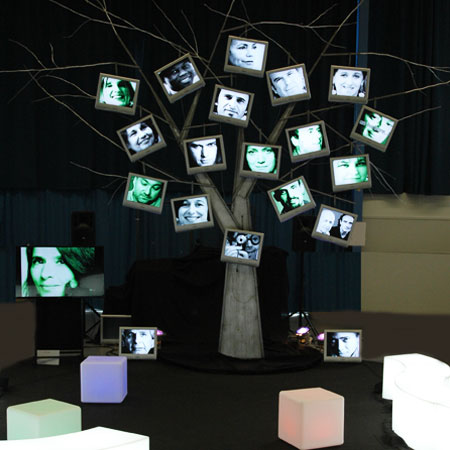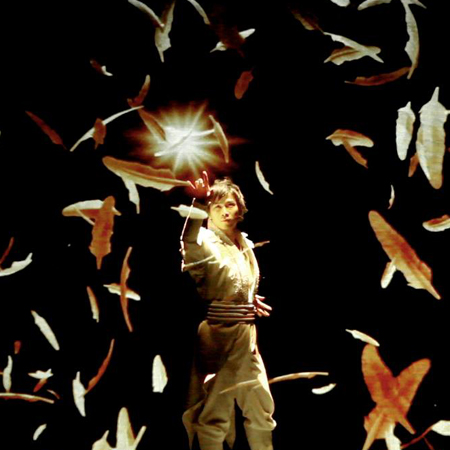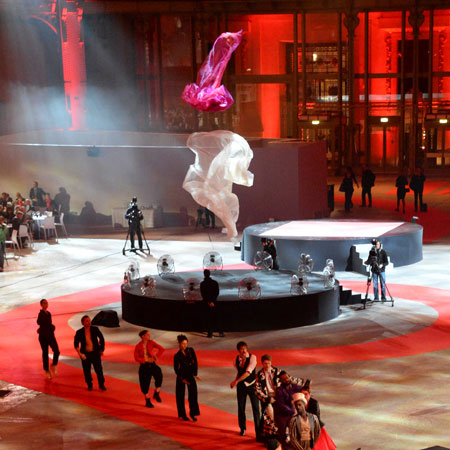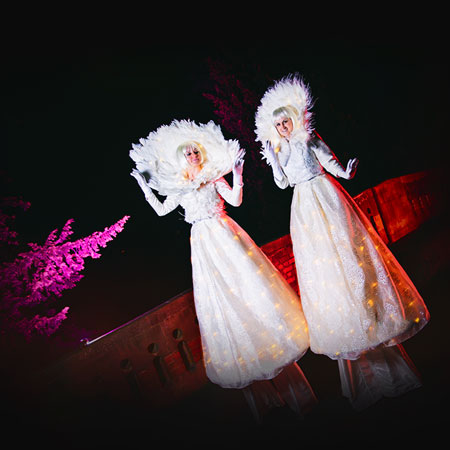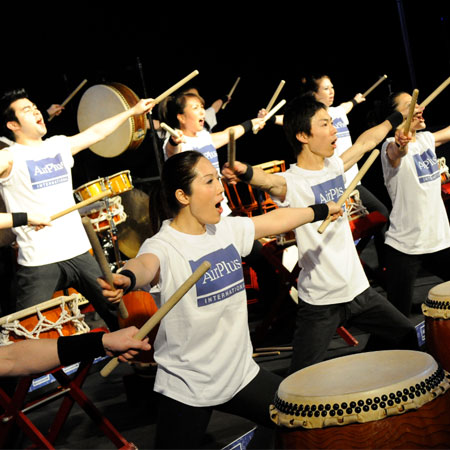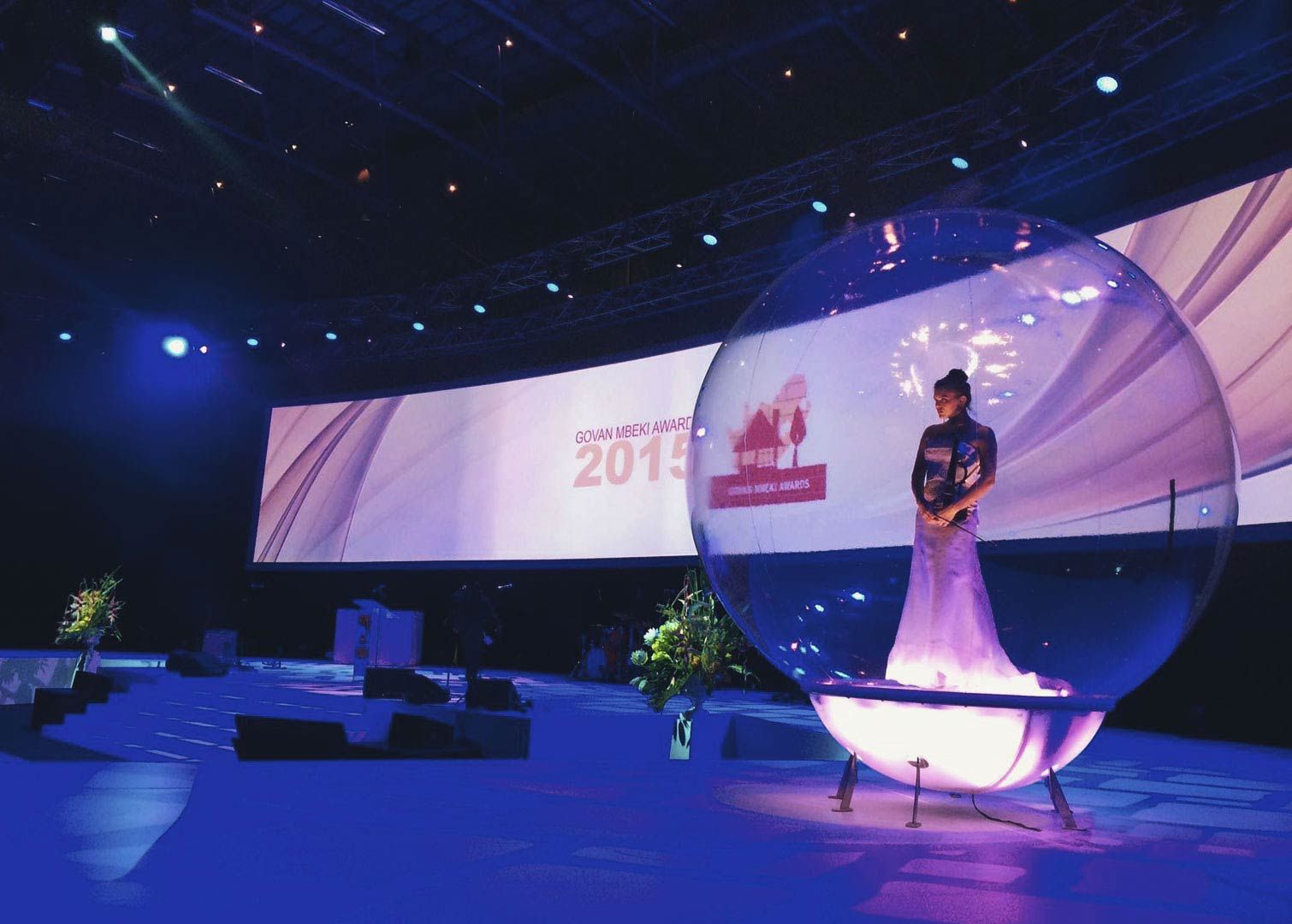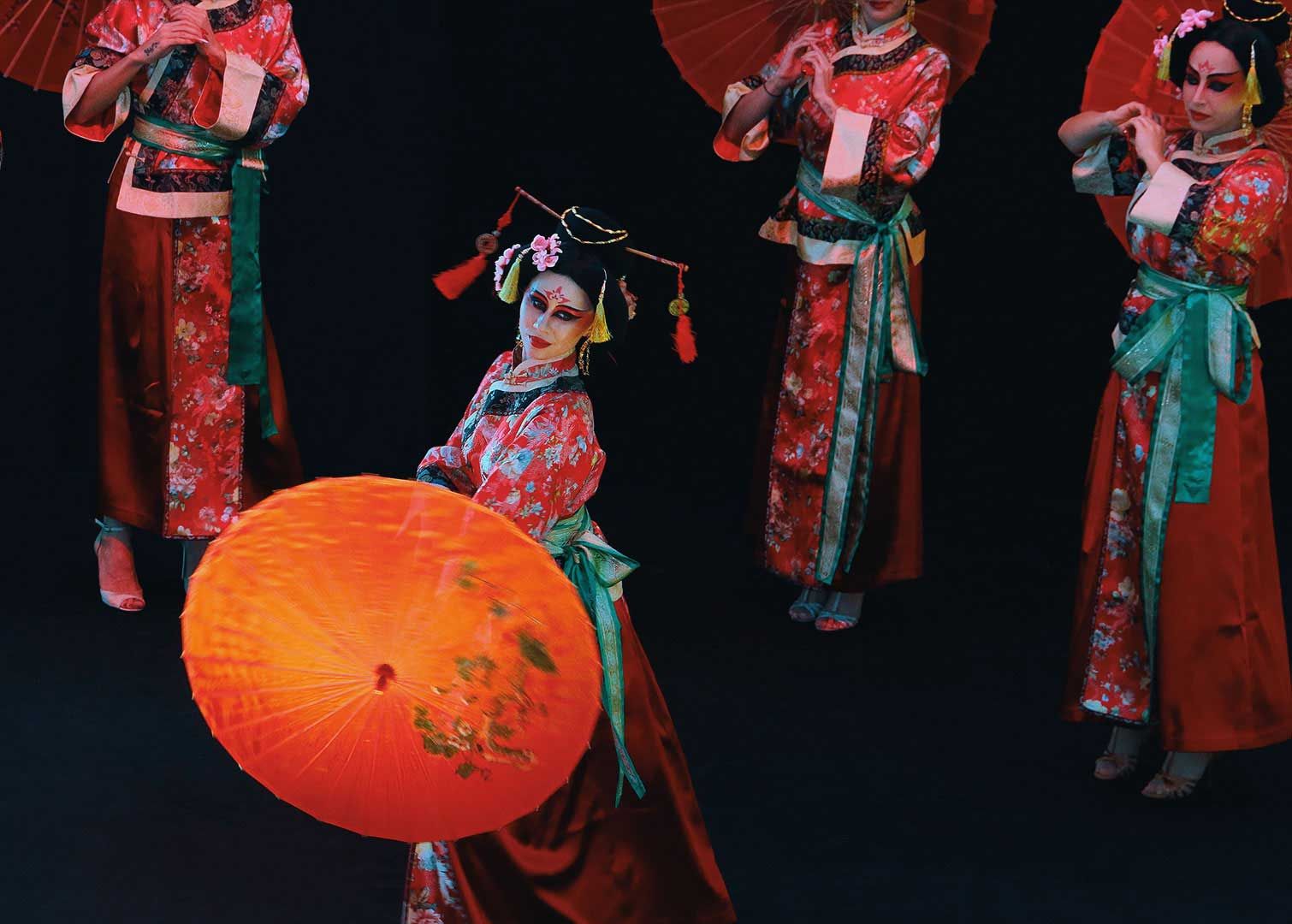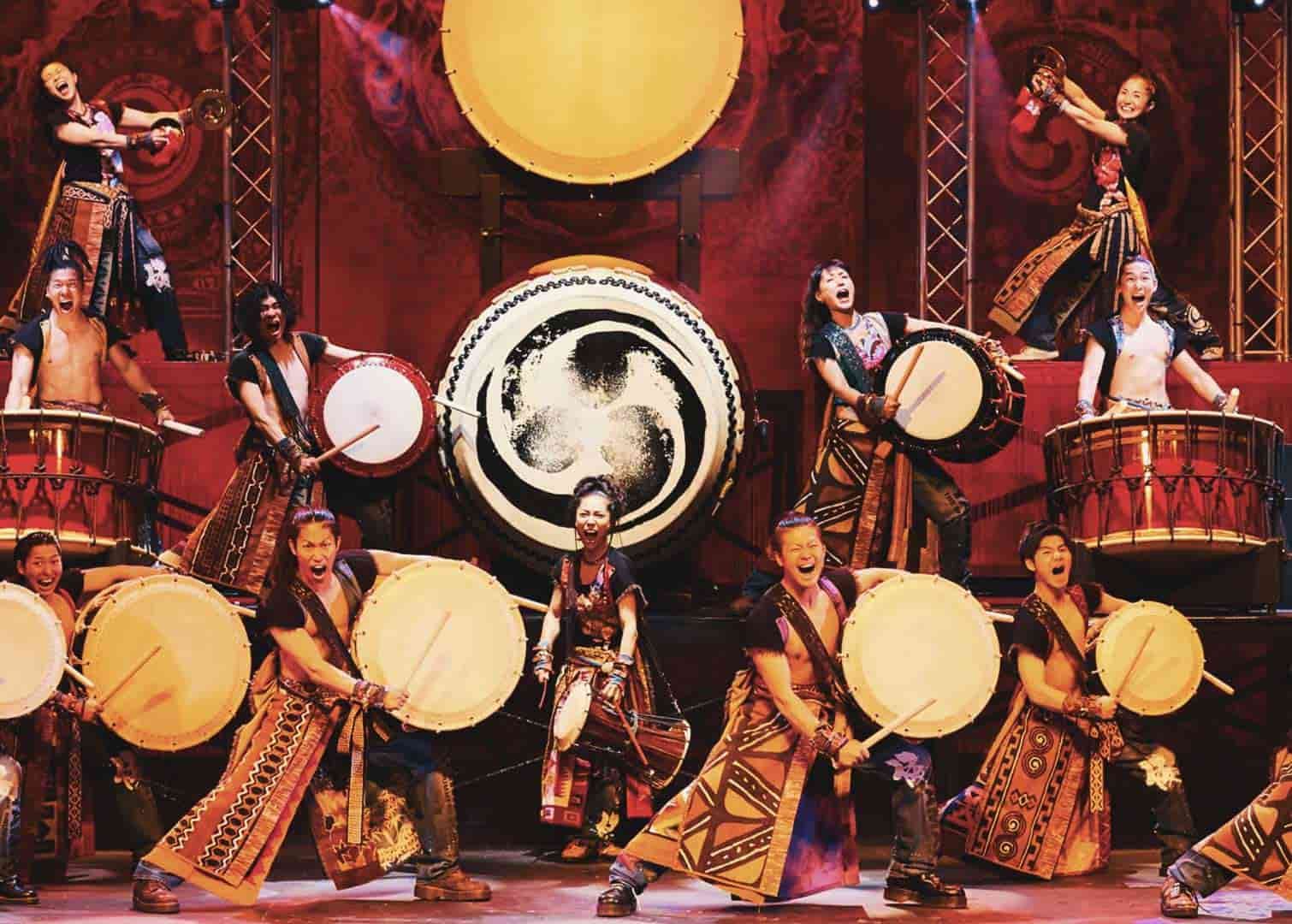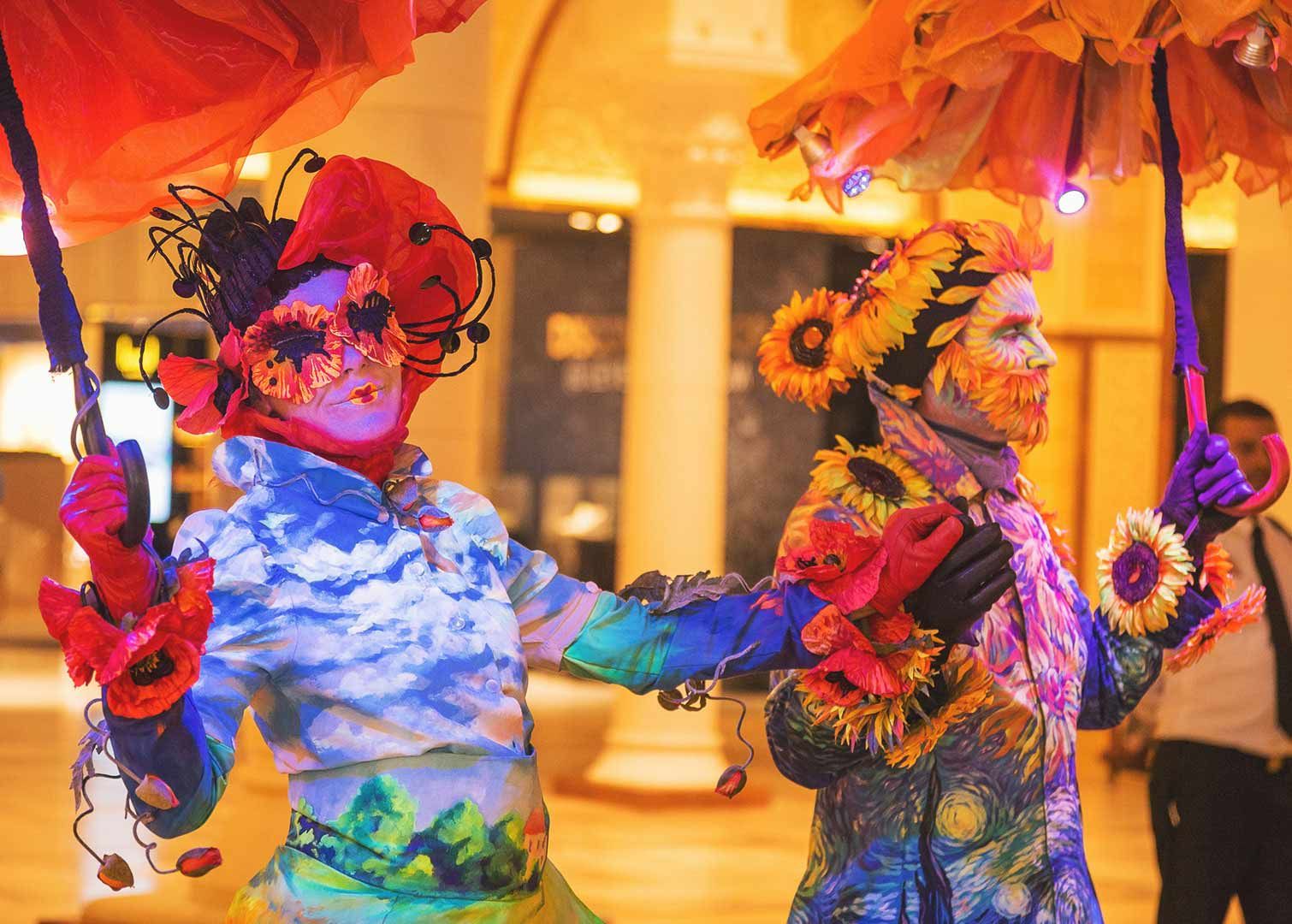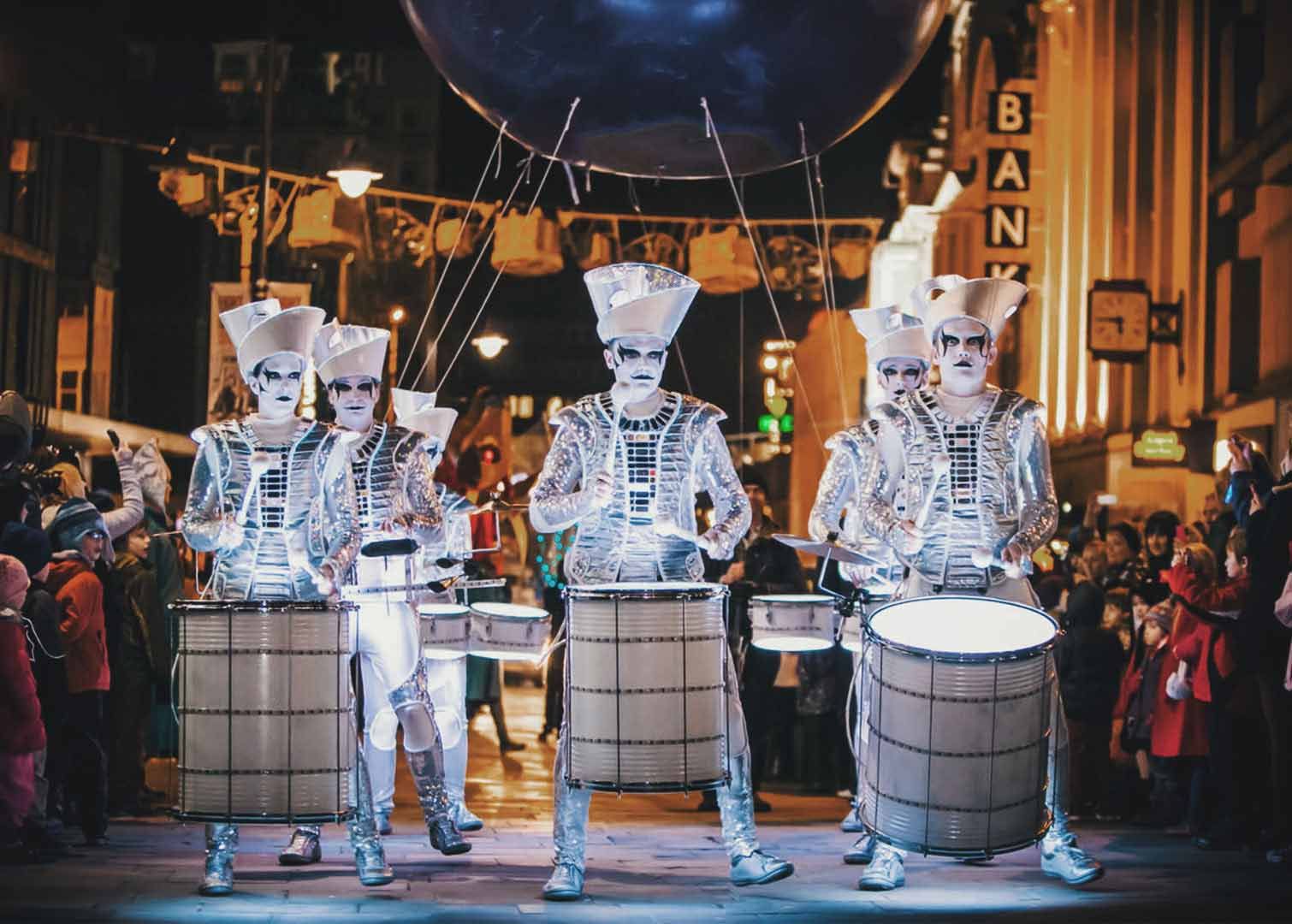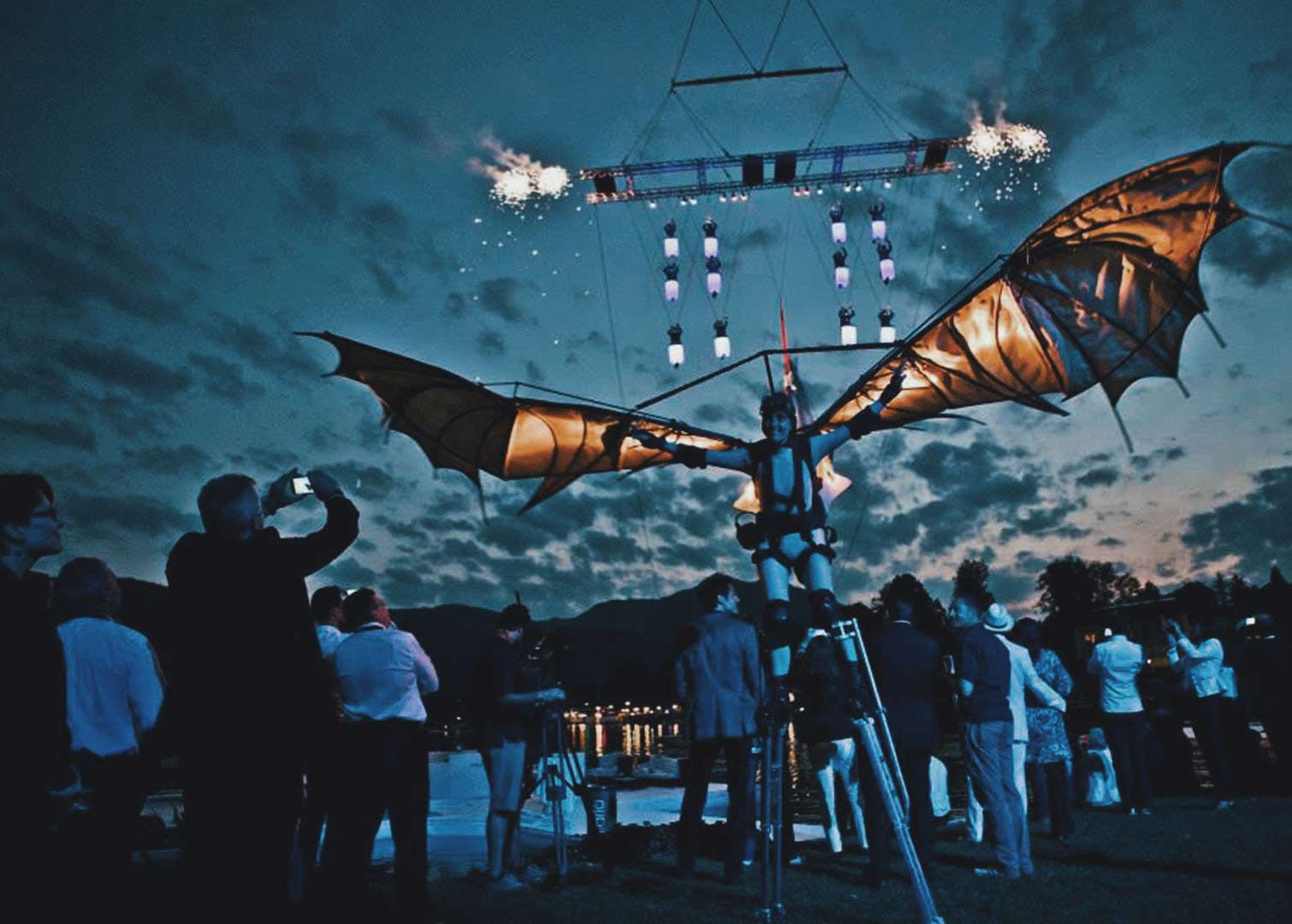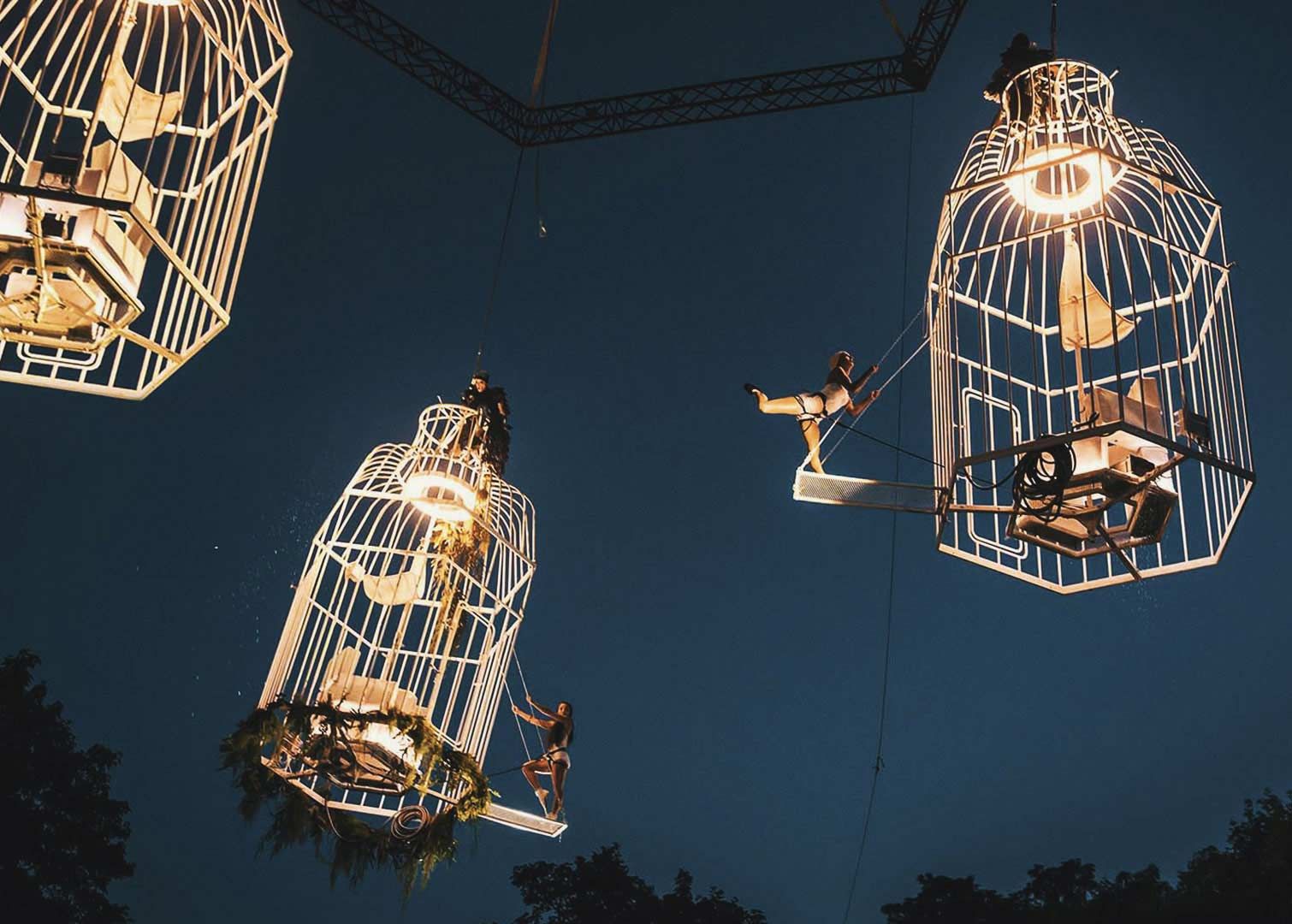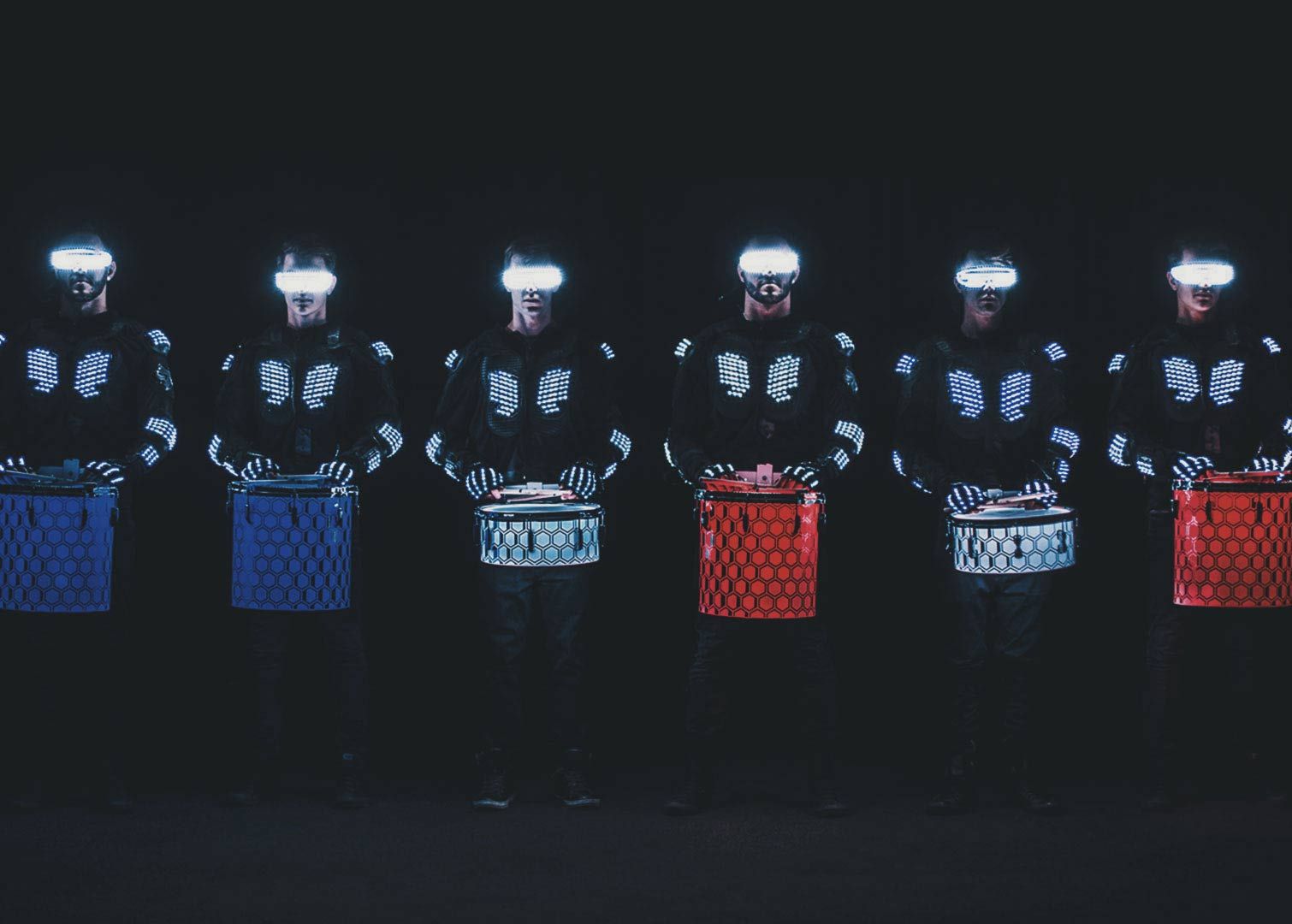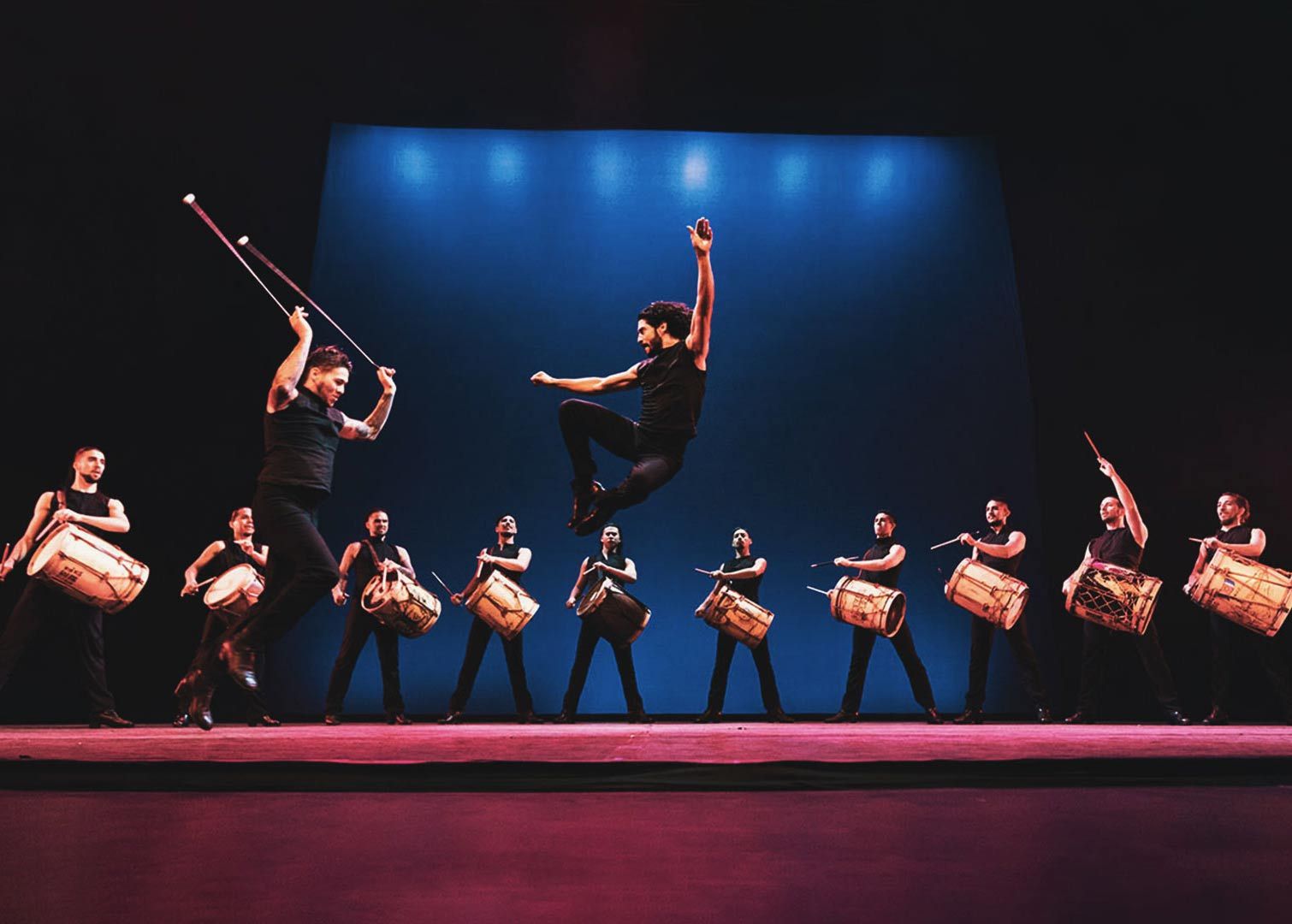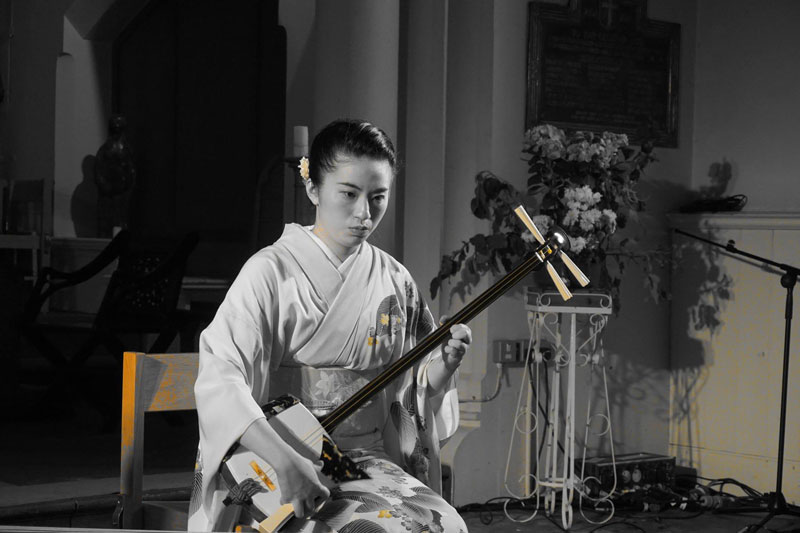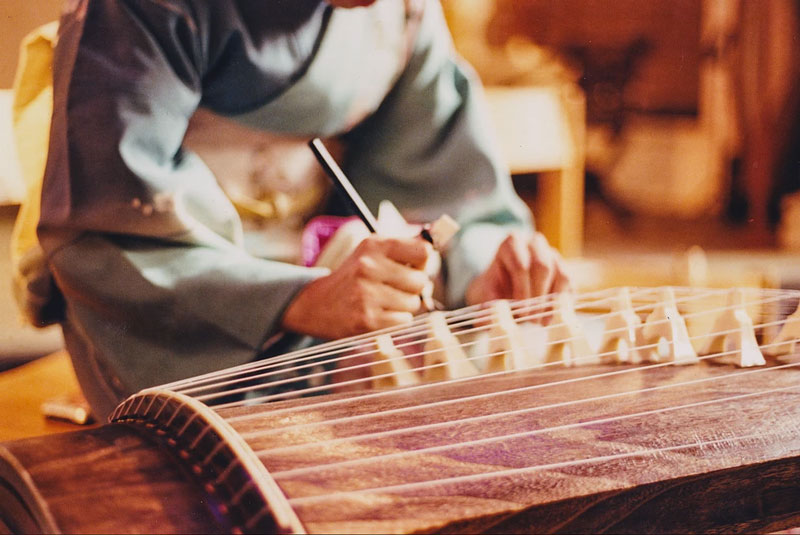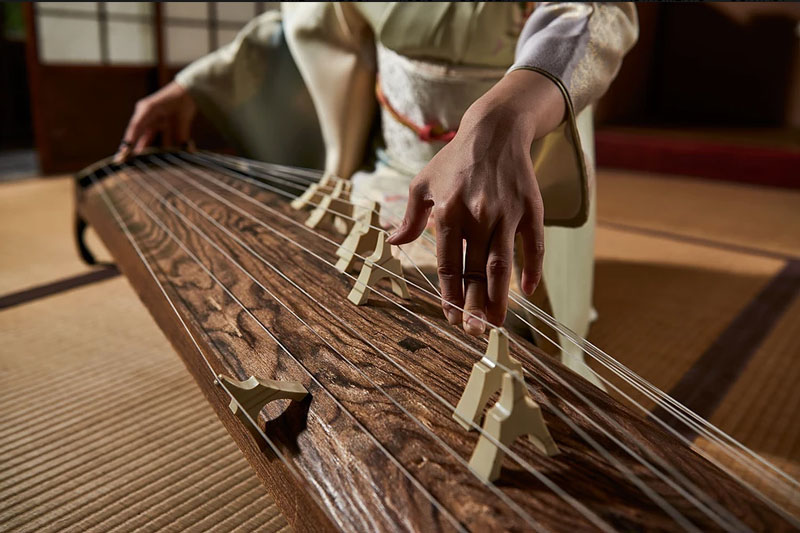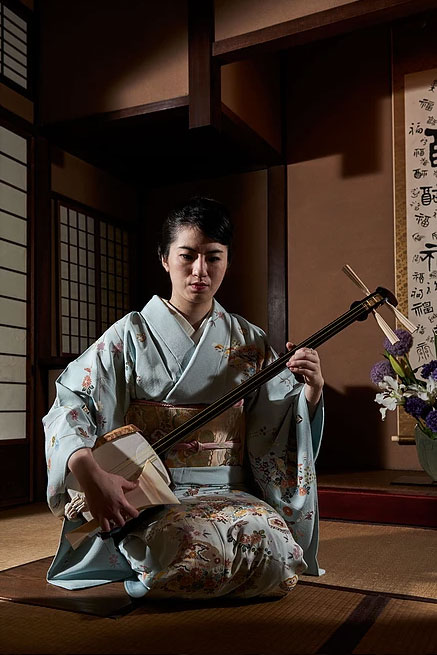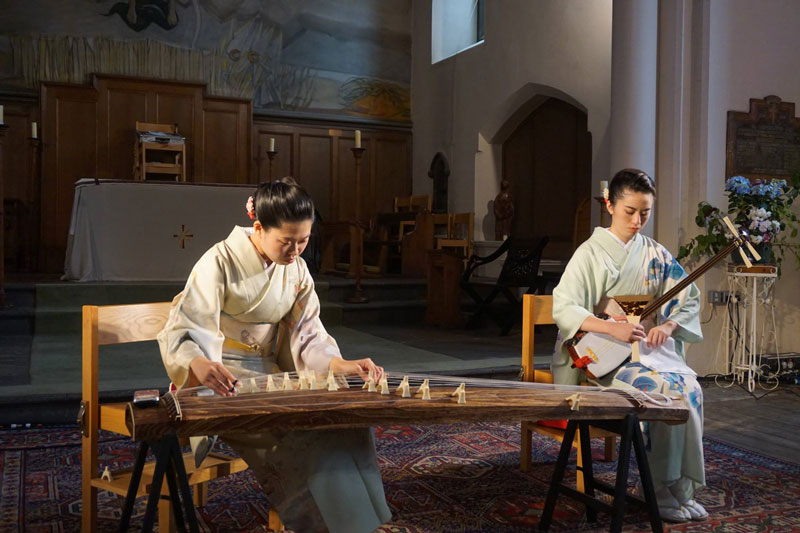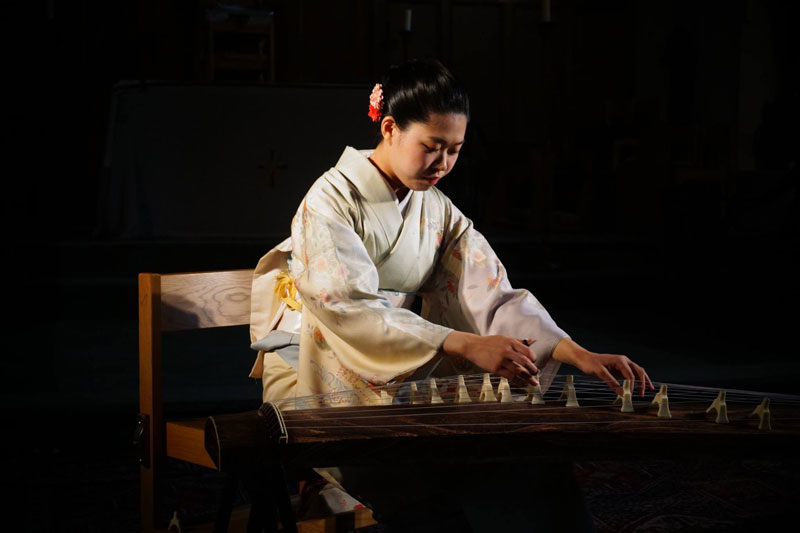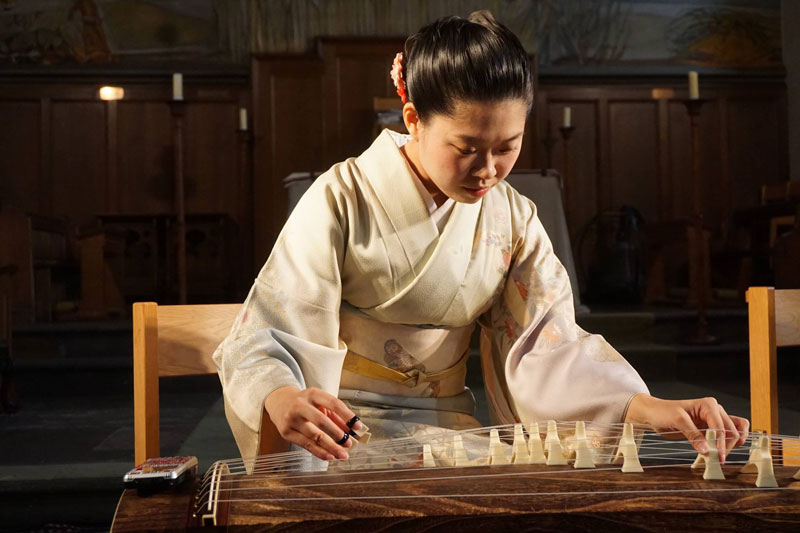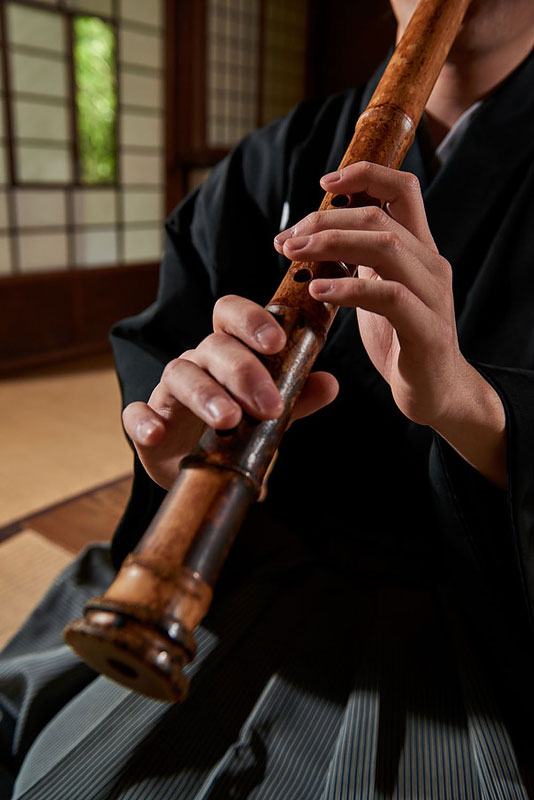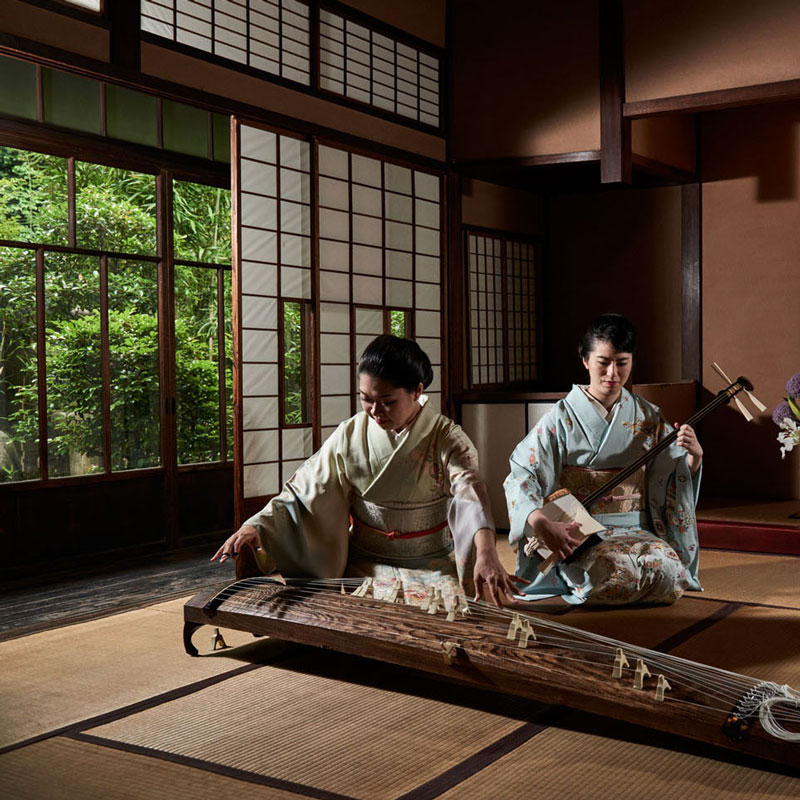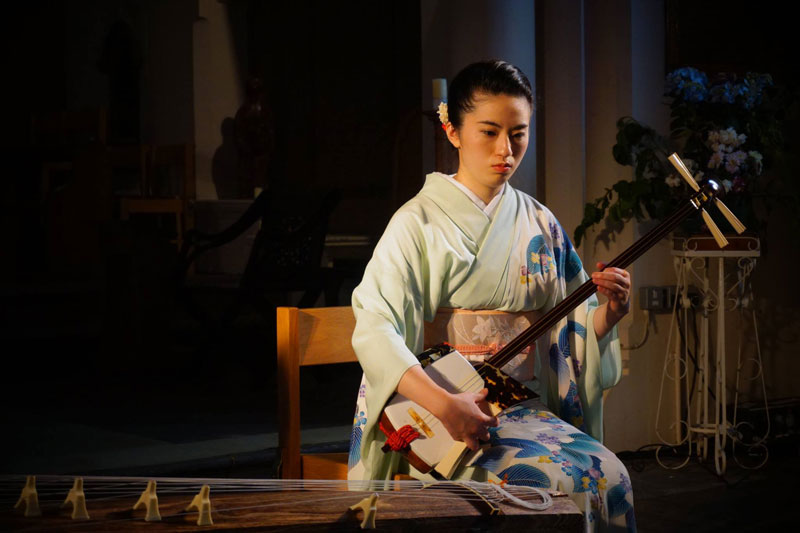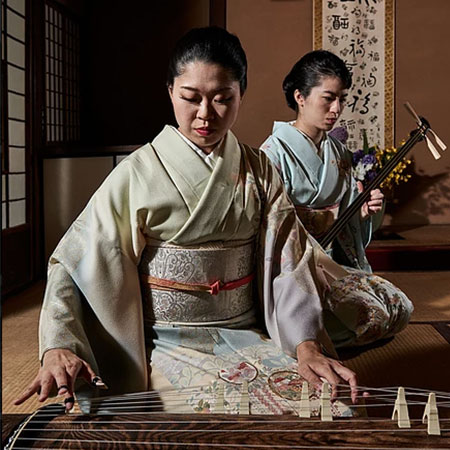
Japanese Koto Players
These remarkable Japanese Koto Players will infuse any event or celebration with the authentic essence of Japan through their traditional instruments and kimonos. Our specialists in traditional Japanese music are sure to mesmerize audiences with their enchanting melodies, breathtaking attire, and unique playing style.
Koto is a traditional Japanese harp or long zither. Originating in China, it was introduced to Japan centuries ago and has since become a vital part of the country's musical heritage. These accomplished musicians perform numerous concerts each year. They typically provide an introduction to traditional Japanese music for audiences who may be unfamiliar with the koto and other instruments.
Our Japanese musicians possess both academic and professional experience. They graduated from the Tokyo University of the Arts and have won several awards in various competitions. They have been part of different music groups and involved in several musical projects aimed at promoting traditional Japanese music.
An ideal live music option for a variety of occasions, our musicians can introduce this traditional Japanese harp to audiences at festivals, cultural events, corporate gatherings, theaters, themed events, and more. They have already captivated listeners and shared a piece of their rich cultural heritage with audiences in Japan, Scotland, and France, among other places.
Top Tip:
Shamishen and Shakuachi players can join our koto players on stage for some performances, providing a comprehensive Japanese musical experience.
Scarlett Entertainment offers a range of Japanese themed entertainment options for events in Japan and worldwide.
To book these sensational Japanese Koto Players for your event, contact our in-house team of Entertainment Experts and make an inquiry. They will be delighted to provide further details on this live music entertainment option and assist you with the booking process.
- <Koto & Shamisen or Two Kotos>
- Azumajishi
- Chaondo (Singing Love by Using a Tea Set as a Metaphor)
- Echigojishi (Local Performing Art (Lion Dance) in Niigata Japan)
- Hachidan (Eight Columns)
- Imakomachi (Beautiful Woman)
- Kurokami (Black Hair)
- Nebiki no Matsu (Pine Decoration for New Year’s)
- Rokudan (Six Columns)
- Shakkyo (Kabuki Dance)
- Sho Chiku Bai (Pine Bamboo Plum)
- Suribachi・Rengi Uchiawase (Ensemble of Mortar and Pestle)
- Zangetsu (Dwelling Moon)
- <Two Kotos>
- Aki no Kyoku (Music for Autumn)
- Chidori no Kyoku (Music for Plover)
- Godan Kinuta (Sound of Beating Cloth which Consists of Five Columns)
- Haru no Kyoku (Music for Spring)
- Haru no Umi (Sea in Spring)
- Hatsu Uguisu (Cettia Diphone in Early Spring)
- Kinuta (Beating Cloth)
- Mizu no Hentai (Transformation of Water)
- Natsu no Kyoku (Music for Summer)
- Sakura Hensokyoku (Cherry Blossoms Variation)
- Western Classic
- The Harmonious Blacksmith
- Sehnsucht nach dem Frühling
- Japanese Classic
- <Koto & Shamisen or Two Kotos>
- Haru Sandai (Three Themes in Spring)
- <Koto Solo>
- Isuzugawa (Isuzu River)
- Kazoeuta Hensokyoku (Counting Song Variation)
- Nakazora Kinuta (Resonant Beating Cloth in the Sky in Autumn)
- Sakura ni yoru Shudai to Henso (Theme and Variation by Cherry Blossom)
- Tegoto (Instrumental Performance)
- <Koto Shamisen & Jushichi-gen (17-String Koto) or Two Kotos & Jushichi-gen>
- Ochiba no Odori (Dance of Fallen Leaves)
- Haru no Shishu (Anthology of Spring)
- <Two Kotos Jushichi-gen (17-String Koto) & Shakuhachi>
- Ryukyu Minyo ni yoru Kumikyoku (Ryukyuan Folk Song Suite)
- <Two Kotos Jushichi-gen (17-String Koto) & Shamisen>
- Nihon Minyo ni yoru Kumikyoku (Japanese Folk Song Suite)
- Arranged Music
- Animation music
- Cinema music
- Four Seasons in Japan
- Music with storytelling
- and more
- Japanese Contemporary













